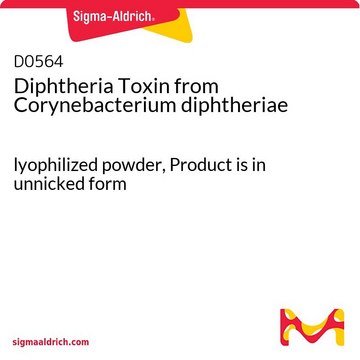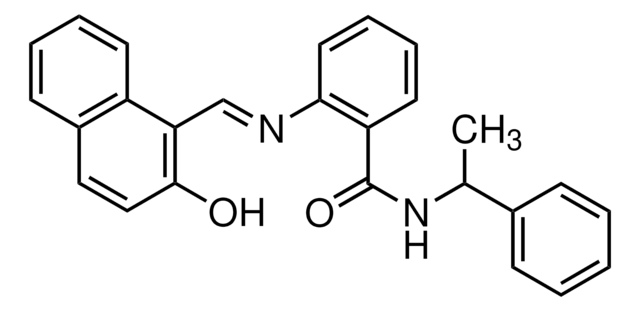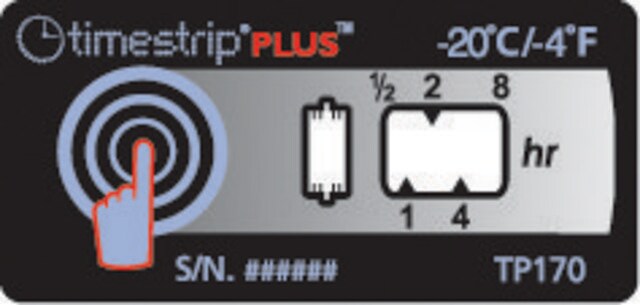582231
Tetanus Toxoid
from Clostridium tetani, , lyophilized, nontoxic antigenic agent, Calbiochem®
Synonim(y):
TTx
About This Item
Polecane produkty
product name
Tetanus Toxoid, Clostridium tetani, This tetanus toxoid is prepared by formaldehyde inactivation of tetanus toxin. It retains its antigenic character, but is essentially nontoxic as determined by an LD₅₀ in mice.
Poziom jakości
Postać
lyophilized
producent / nazwa handlowa
Calbiochem®
warunki przechowywania
OK to freeze
Warunki transportu
ambient
temp. przechowywania
2-8°C
Opis ogólny
Zastosowanie
Działania biochem./fizjol.
Cechy i korzyści
- Prepared by formaldehyde inactivation of tetanus toxin.
- Prepared by formaldehyde inactivation of tetanus toxin.
- Toxoid retains its antigenic character, but is essentially nontoxic as determined by an LD50 in mice.
- Cell permeable: no
- Product does not compete with ATP.
- Reversible: no
Ostrzeżenie
Postać fizyczna
Rekonstytucja
Inne uwagi
Habermann E. and Goretzki, K. 1985. In Monoclonal Antibodies Against Bacteria (Macario, A.J.L., and Conway de Macario, E. eds.) Academic Press, New York, p.191.
Kozbor, D. and Roder, J.C. 1981. J. Immunol.127, 1275.
Bizzini, B., et al. 1970. Eur. J. Biochem.17, 100.
Largier, J.F. and Joubert, F.J. 1956. Biochem. Biophys. Acta20, 407.
Informacje prawne
Kod klasy składowania
11 - Combustible Solids
Klasa zagrożenia wodnego (WGK)
WGK 1
Temperatura zapłonu (°F)
Not applicable
Temperatura zapłonu (°C)
Not applicable
Certyfikaty analizy (CoA)
Poszukaj Certyfikaty analizy (CoA), wpisując numer partii/serii produktów. Numery serii i partii można znaleźć na etykiecie produktu po słowach „seria” lub „partia”.
Masz już ten produkt?
Dokumenty związane z niedawno zakupionymi produktami zostały zamieszczone w Bibliotece dokumentów.
Klienci oglądali również te produkty
Nasz zespół naukowców ma doświadczenie we wszystkich obszarach badań, w tym w naukach przyrodniczych, materiałoznawstwie, syntezie chemicznej, chromatografii, analityce i wielu innych dziedzinach.
Skontaktuj się z zespołem ds. pomocy technicznej













